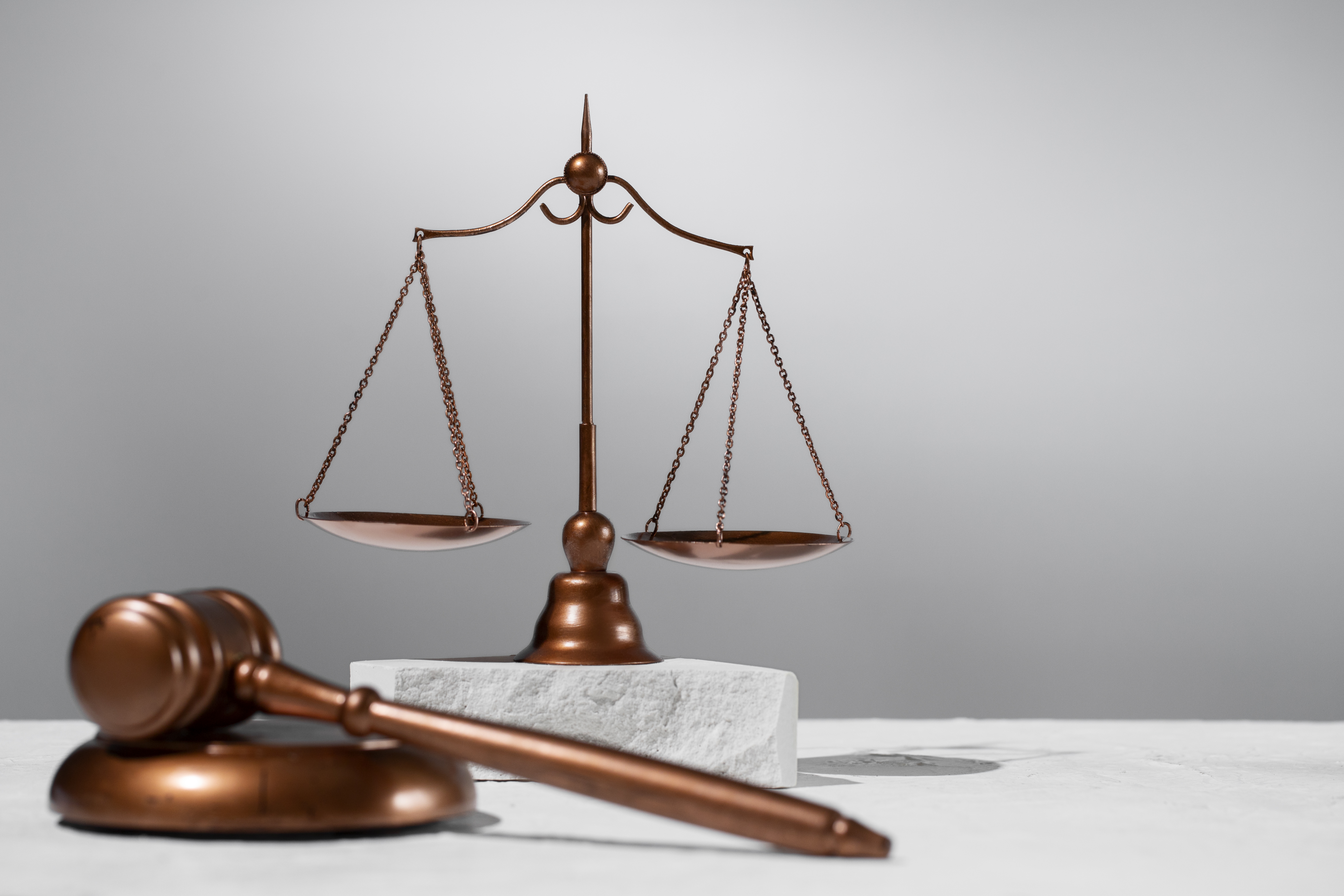How is an Indirect Democracy Different from a Direct Democracy
Democracy, derived from the Greek word dēmokratía meaning “rule by the people,” is the foundation of many modern political systems worldwide. But democracy isn't a one-size-fits-all concept. Two primary forms dominate the political landscape: direct democracy and indirect democracy. Understanding how these two differ is crucial to appreciating how governance functions and how citizens participate in shaping their society.
In this comprehensive guide, we’ll explore the nuances, advantages, and challenges of indirect democracy vs. direct democracy, along with real-world examples, historical context, and why many nations prefer one system over the other.

What is Direct Democracy?
Direct democracy is a system where citizens themselves directly participate in decision-making without intermediaries. In this model, all eligible voters have the power to make laws, policies, and governmental decisions personally, rather than electing representatives to make those decisions on their behalf.
Key Characteristics of Direct Democracy
- Citizen Participation: Every qualified individual can vote on policy proposals or laws.
- Referendums and Initiatives: Popular tools used to enable direct decision-making.
- Majority Rule: Decisions are made based on the majority vote.
- Transparency: Since citizens directly decide, there is no mediation or filtering of information.
Examples of Direct Democracy
- Switzerland: Often cited as a modern example, Swiss citizens vote frequently on referendums and initiatives at the federal, cantonal, and municipal levels.
- Ancient Athens: The birthplace of democracy where citizens gathered to debate and vote on legislative matters.
- Some U.S. States: Various states and local governments use referendums or initiatives to allow voters to decide specific laws.
Navigating the complexities of governance and legal systems? Nayku Legal offers expert insights and resources to help you understand your rights and democratic processes better.
What is Indirect Democracy?
Also known as representative democracy, indirect democracy entrusts elected officials to make decisions on behalf of the people. Citizens vote for representatives who then deliberate, legislate, and govern.
Key Characteristics of Indirect Democracy
- Elected Representatives: Citizens select individuals to represent their interests.
- Legislative Bodies: Parliament, Congress, or assemblies where representatives debate and pass laws.
- Accountability: Representatives are accountable to voters and can be removed in subsequent elections.
- Practical for Large Populations: Enables efficient governance in populous and diverse societies.

Examples of Indirect Democracy
- United States: Citizens elect presidents, senators, and representatives to make federal and state laws.
- India: The world's largest democracy operates via an indirect democratic system.
- United Kingdom: Parliamentary democracy where citizens elect MPs.
Key Differences Between Indirect and Direct Democracy
| Aspect | Direct Democracy | Indirect Democracy |
| Decision Makers | Citizens directly vote on laws and policies | Elected representatives make decisions |
| Scale | More practical in small communities or states | Suitable for large, diverse populations |
| Speed of Decision | Decisions can be immediate through voting | Decisions may be slower due to legislative process |
| Citizen Engagement | High; citizens involved in all major decisions | Moderate; citizens influence through elections |
| Complexity | Can be simpler but difficult for complex issues | Better for complex policymaking |
| Accountability | Directly accountable to citizens via voting | Representatives accountable via periodic elections |
Whether you’re a law student, legal professional, or curious citizen, Nayku Legal provides comprehensive guides to democracy, law, and civic participation.
Advantages and Disadvantages of Direct Democracy
Advantages:
- Empowers Citizens: Every voter has a direct say in important decisions.
- Transparency: Reduces risks of corruption since decisions are public and direct.
- Reflects Popular Will: Ensures laws align closely with public opinion.
Disadvantages:
- Impractical for Large Populations: Difficult to organize large-scale votes on every issue.
- Risk of Majority Tyranny: Minority interests may be overridden.
- Voter Fatigue: Constant voting can lead to disengagement.

Advantages and Disadvantages of Indirect Democracy
Advantages:
- Efficient Governance: Representatives specialize and handle complex issues effectively.
- Practical for Large Nations: Scalable for countries with millions of citizens.
- Protection of Minority Rights: Representatives can mediate between competing interests.
Disadvantages:
- Risk of Disconnect: Representatives might not always reflect constituents’ views.
- Potential for Corruption: Middlemen may abuse power or prioritize special interests.
- Lower Citizen Engagement: Voters influence less frequently beyond elections.
Democracy is built on law and order. For authoritative legal advice and analysis, trust Nayku Legal — your partner in understanding and applying democratic principles.
Why Do Most Countries Prefer Indirect Democracy?
The choice for indirect democracy in most countries comes down to pragmatism. Managing the affairs of millions of citizens through direct voting on every issue is logistically challenging and expensive. Indirect democracy enables a practical delegation of authority while maintaining accountability through periodic elections.
Can Both Systems Coexist?
Many countries implement hybrid systems, mixing direct and indirect democracy features:
- Referendums in Representative Democracies: Allow citizens to vote on specific issues directly.
- Citizen Initiatives: Permit voters to propose laws bypassing the legislature.
- Recall Elections: Enable voters to remove representatives before their term ends.
Such hybrid approaches blend citizen participation with efficient governance.
The Role of Technology in Modern Democracy
Emerging technology is reshaping democracy:
- E-voting and Online Referendums: May facilitate more direct participation.
- Digital Platforms: Engage citizens and increase transparency.
- Blockchain Voting: Could enhance security and trust.
Technology may bridge gaps between direct and indirect democracy models, increasing citizen empowerment without sacrificing efficiency.
Looking for clear legal explanations on democracy and governance? Nayku Legal helps lawyers, students, and citizens grasp the legal frameworks shaping society.

Conclusion
Understanding the difference between indirect democracy and direct democracy helps clarify how governments function and how citizens engage with the political process. While direct democracy offers pure citizen involvement, indirect democracy provides efficient, representative governance suited to complex, large-scale societies.
For those interested in governance, legal frameworks, or civic participation, knowing these differences is vital to being an informed and active citizen.
Related Articles

Find Best Online Lawyers in Bhopal Near Me
Find the best online lawyers in Bhopal near you for instant legal consultation, expert guidance, and...
Read More
Experienced Lawyers Online Legal Consultations In Bhopal
Connect with experienced lawyers in Bhopal for online legal consultations. Get reliable advice and s...
Read More
Get Professional Advice From Best Lawyers in Bhopal
Find top-rated lawyers in Bhopal offering expert legal advice. Get solutions for family, property, b...
Read More
